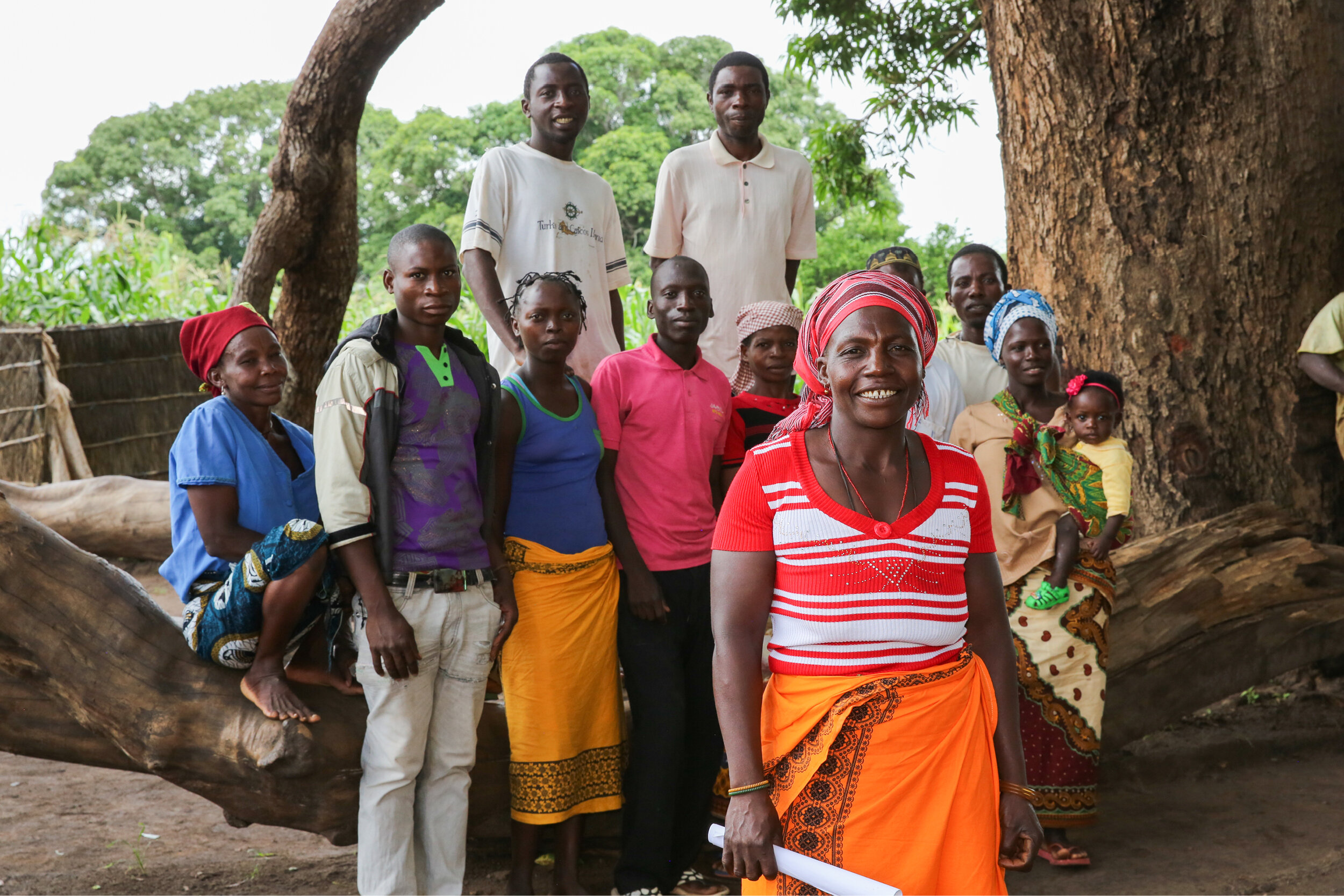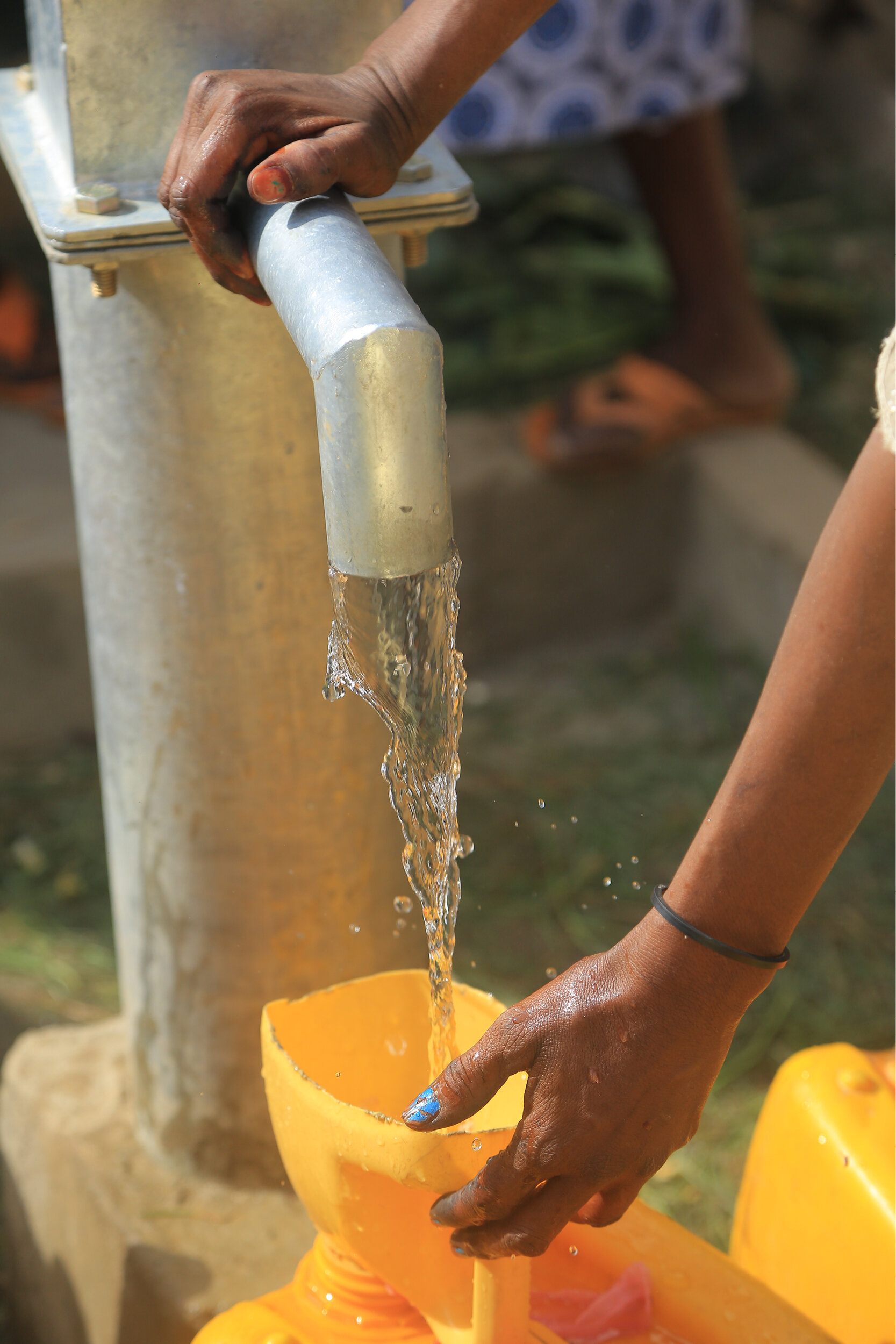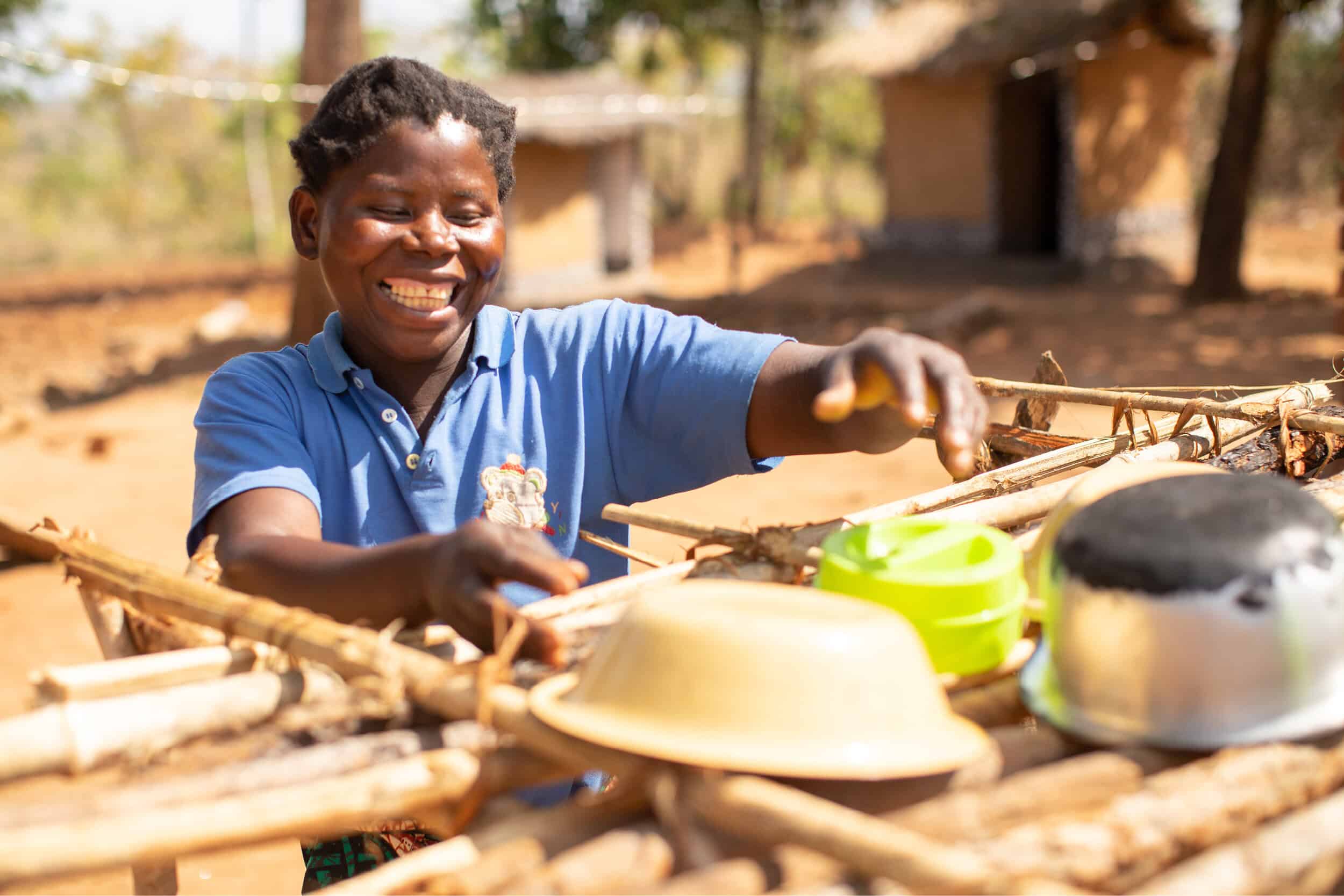Tracking the work of our African partners can be a bit complicated. Amanda, one of the members of our Africa Partnerships (AP) team recently walked the rest of us through an overview of how our AP team works with our partners, and it was so interesting that we thought you would also enjoy learning more about it! Our partners do life-changing work, and we utilize best practices and international standards in order to measure not only how well we’re already doing, but how we can continue to get better.
Indicators
For starters, our African partners report to us quarterly (four times per year) on indicators which give an idea of their current situation / circumstances. Luckily, measuring these indicators doesn’t add an extra burden to partners because tracking this sort of information is integral to how they are performing outside of their work with Blood:Water. There are 52 unique indicators to WASH (Water, Sanitation & Hygiene) programming that we ask for, and every quarter we also request qualitative information to accompany the indicators, of which there are 171 data points.
Outputs
Outputs from HIV and water solutions are also reported quarterly. There is no way to be sure you’re not counting an individual more than once, so being accurate can be tricky. For example, the all-important question of how many people are reached with water is especially difficult to figure out.
Every water point also must have a WASH committee so that the community can understand how to maintain the water point and their everyday health and sanitation. We can record how many people are in a WASH committee, but there is no way to know for sure how many of these people go on to tell others –their elders, their children, their neighbors, and so on– about this very important issue. So although we are always excited to see numbers about people getting clean water and learning about sanitation and hygiene, we can never truly know how many lives are touched by this incredible work!
How We Compare
We use Sphere Standards for qualitative parameters, which were created so that water organizations could follow a common monitoring process to be sure that they are creating sustainable change. These standards include a requirement for every person to be able to acquire 15 L per person day and 3 L for kids at school, a distance of less than 400 m or 30 min walk including the time spent waiting in line, and a maximum of 750 people served to these standards per well. These are well-rounded requirements that help truly measure change, rather than just counting the number of people who have physical access to a water point. To see the handbook for more of those parameters of success, see the link.
Boundless Change
Though we try to be as scientific as we can in monitoring how big of a difference our partners are making, at the end of the day the most important question is whether we really are reducing vulnerability. We need to consider all assumptions even if we have been using them for the past 30 years, we always want to make sure we’re getting better at serving others. The answer isn’t so simple as identifying who is HIV-positive or who is capable of reaching a nearby water point. Keeping track of things like distance, family members in a household, and how long someone may have to wait in line, paints a clearer picture of the sustainable, transformative work that is being done.
More Stories:
Categories





